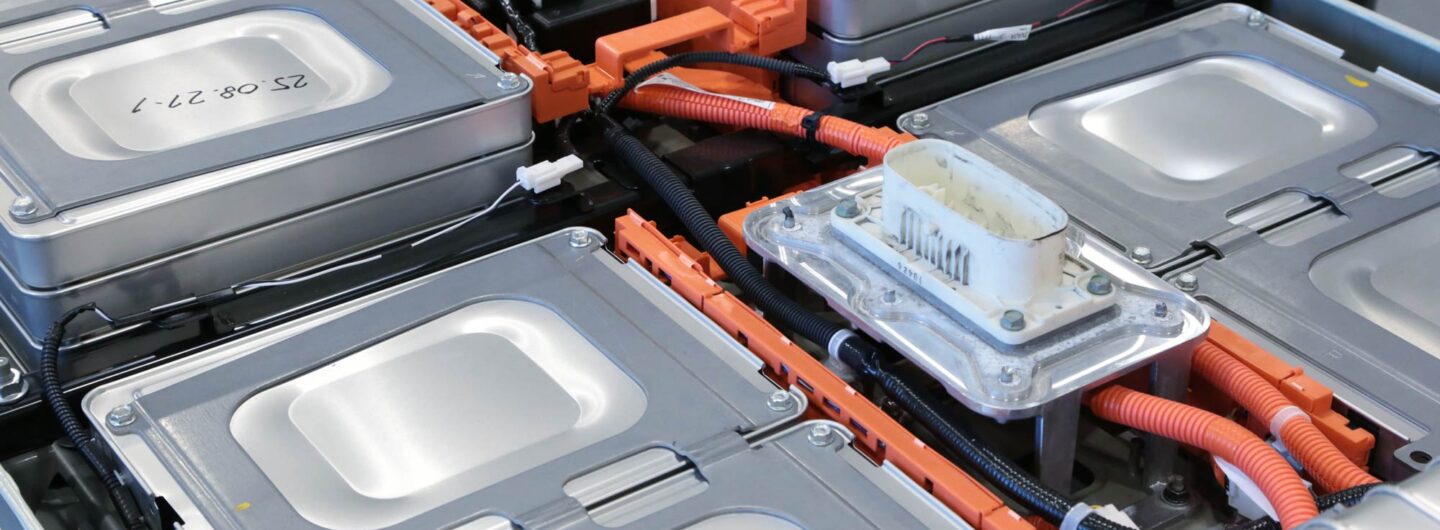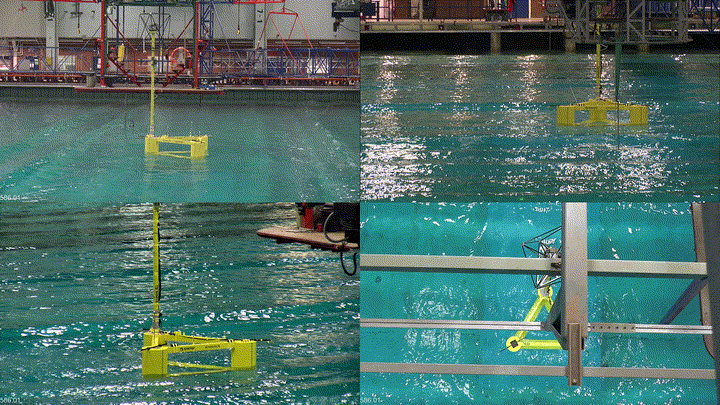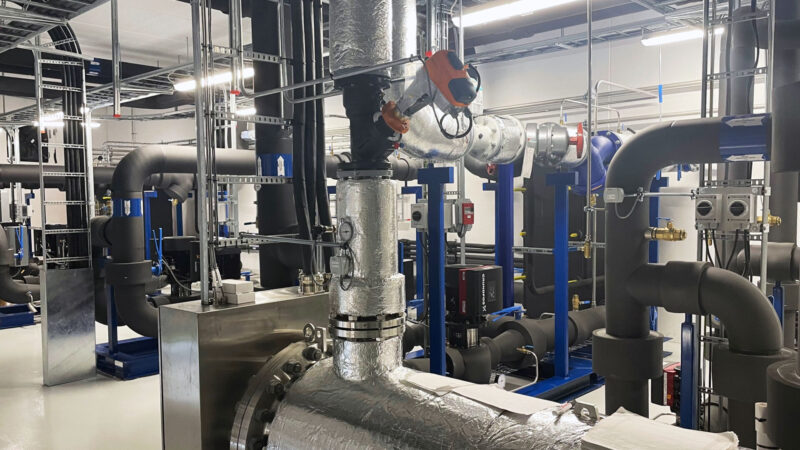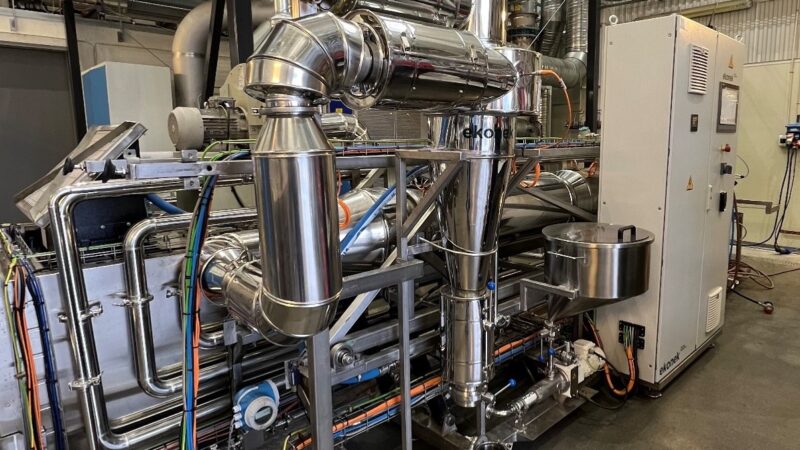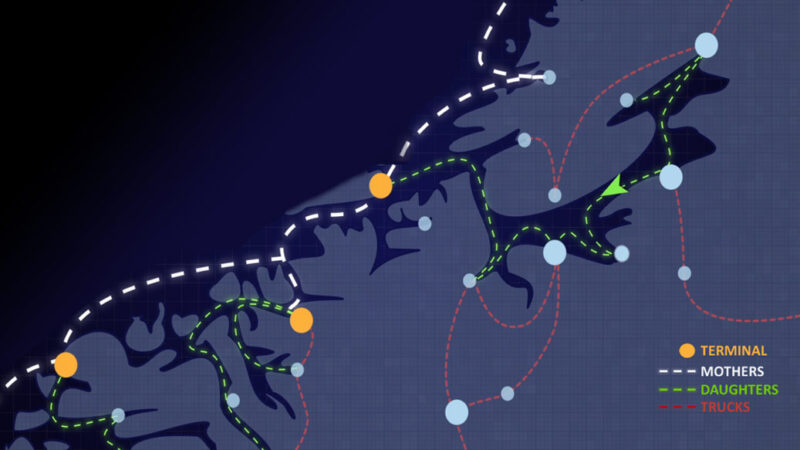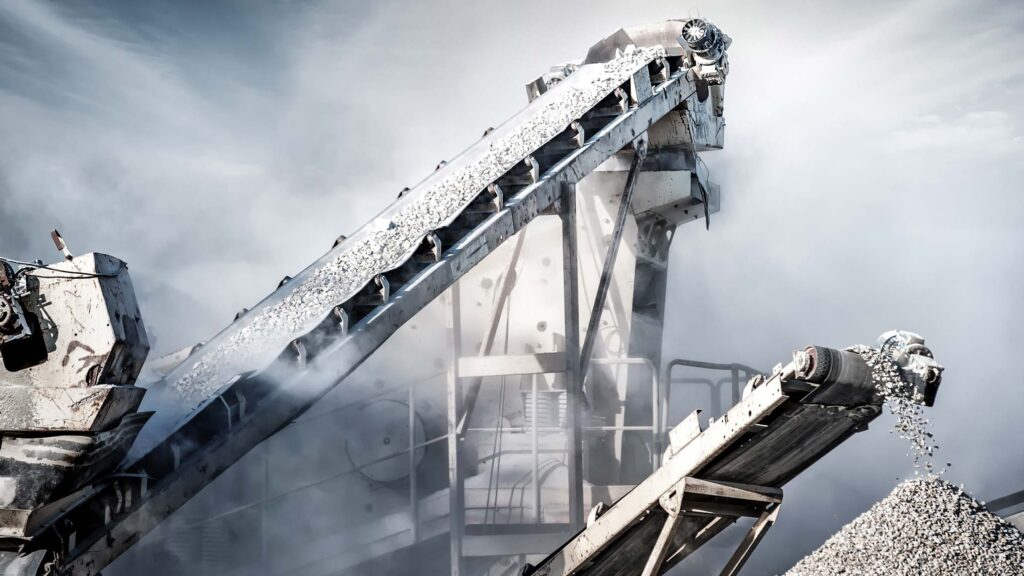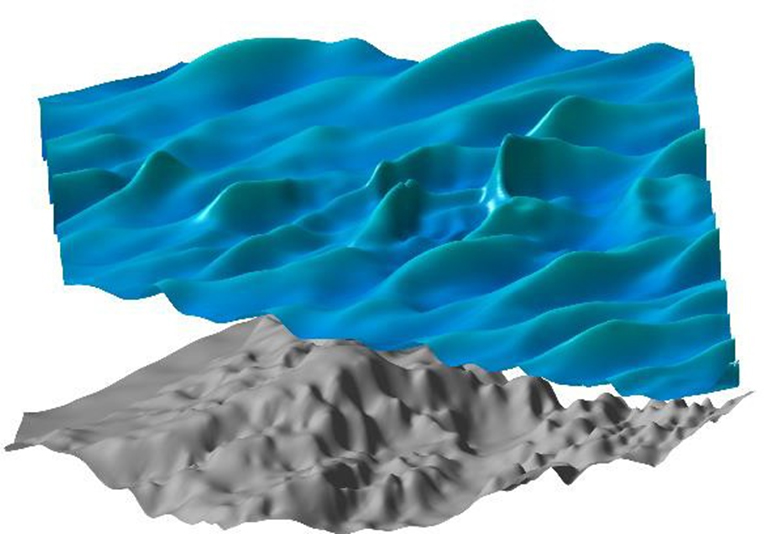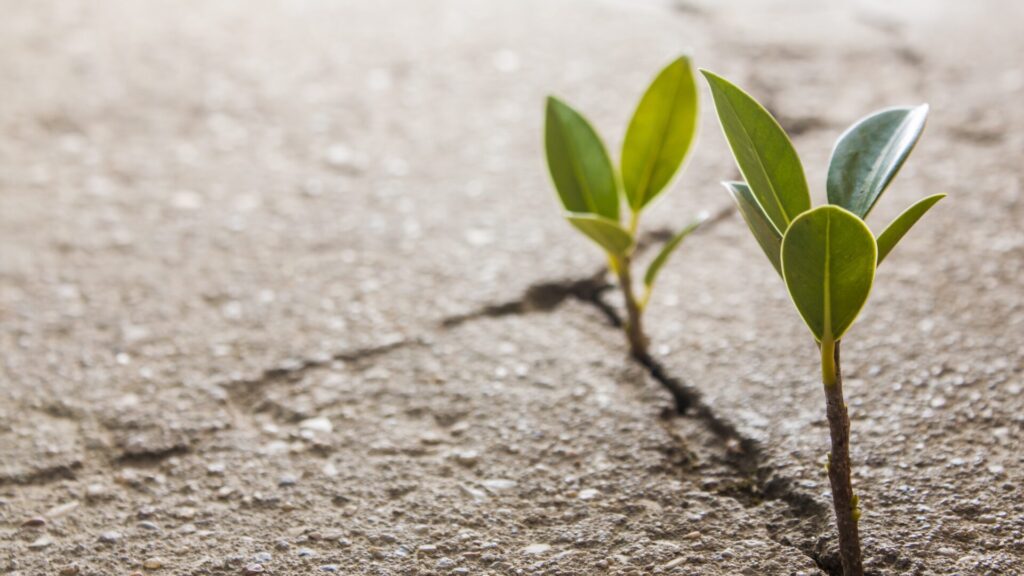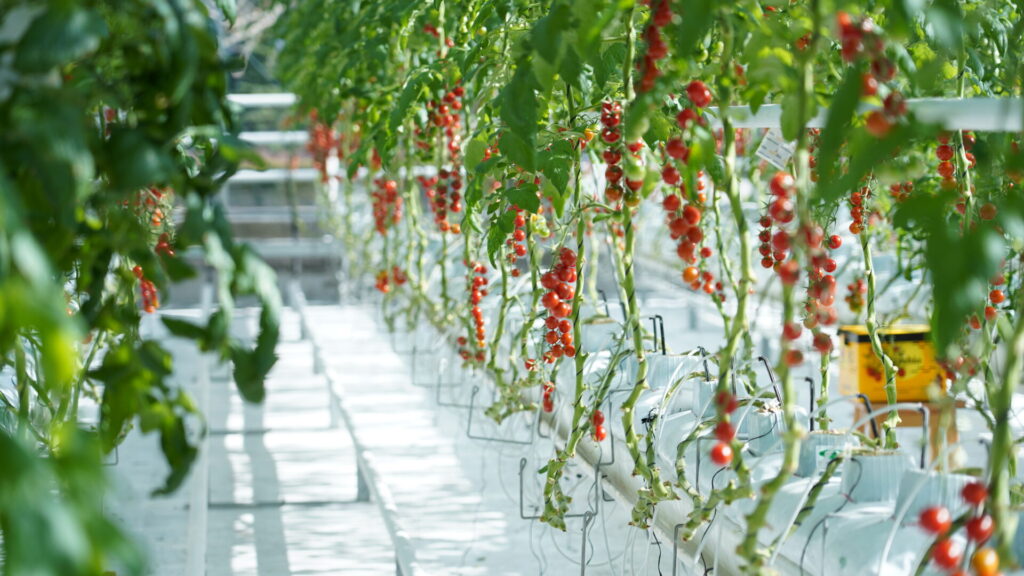Latest Posts
Second-generation oxyfuel technology: Accelerating CCS in the cement industry
Second-generation oxyfuel technology can help reduce cement production’s significant greenhouse gas emissions.
Modelling Wave Behaviour to Maximise Wave Power Generation
This MegaRoller project blog post was written by Henrik Kalisch, University of Bergen, Volker Roeber, Université de Pau et des Pays de l’Adour,…
Is CCS Really So Expensive?
Results from a collaboration between SINTEF and Delft University of Technology (TU Delft), in connection with the Norwegian CCS Research Centre (NCCS), show that CCS implementation can have a minimal cost impact for end users while avoiding a significant amount of CO2 emissions.
Ask a scientist: wood stoves with water jackets
Question: Why don’t Norwegians go for wood stoves with water jackets? Answer: Wood stoves with water jackets are much more common abroad than…
Cement bond to rock and steel: the Achilles heel of well integrity
Portland cement is the most common material used in the construction and plugging of wells – however, cement bond to other materials is the weakest link in the well’s integrity. At the Norwegian CCS Research Centre (NCCS), new methods have been developed to measure bond strength, as well as evaluate them under more realistic field conditions.
Energy-efficient Climate Control of Greenhouses
Co-authors: August Brækken (SINTEF Energy Research) and Michael Bantle (SINTEF Energy Research) Not only can greenhouses contribute to a more sustainable and emissions-free…

